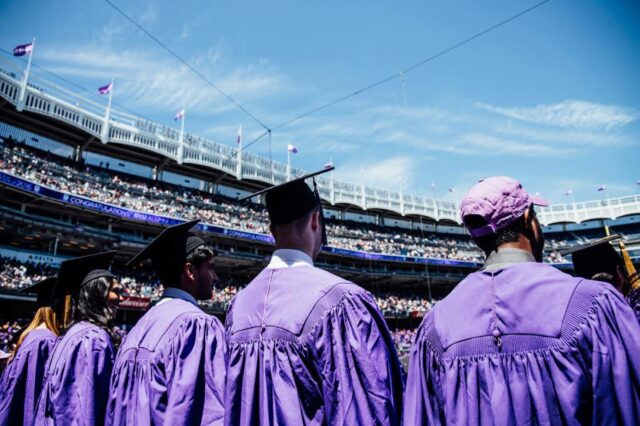
Ted Jacobi, Staff Writer
Traffic tends to make tempers run high. This notion was on display when Mayor Bill de Blasio picked a fight with Uber this summer over increased traffic congestion. In what became a well-documented conflict, the de Blasio administration attempted to justify a cap on Uber’s growth by alleging that the 60 percent increase in the number of for-hire vehicles since 2011 – a major cause of Manhattan gridlock – is directly related to the company’s growth. Uber fought back, and it did not go well for the administration. Clearly, Uber is in New York for the long run. Is this good or bad, and what does it mean for traffic?
Traffic congestion is a real problem. A report published in 2006 by the Partnership for New York City puts the economic loss due to traffic congestion at $13 billion a year. While there are now more Uber affiliated drivers than yellow cabbies, the Manhattan Institute released an issue brief this September with a number of findings disputing the idea that Uber has created an increase in traffic. Two points are particularly relevant to the traffic congestion issue. One is that UberX is far less Manhattan-focused and two is that Uber rides are not concentrated at rush hour. So while there are more cars on the road because of Uber, there is no definitive evidence that links Uber to increased traffic congestion. The picture is still murky.
If you own a medallion taxi, your position on Uber is clear; you don’t like it. The price of an individual yellow-taxi medallion fell to $805,000 in late 2014, which was down from a peak of $1.05 million in 2013. It’s easy to blame the price decrease on Uber, and that is how a majority of media outlets framed the story. Certainly a connection can be made between the fall in medallion prices and the 20,000 plus drivers who have hit the streets for Uber since 2011. However, there is also an argument to be made that this is indicative of a market correction in an industry that has not seen a significant increase in supply since the 1930s. The 2014 Taxicab Factbook shows number of yellow-taxis has actually declined while New York City’s population has increased.
Uber is great if you’re looking for a ride due in large part to pent-up demand. This is especially true for riders outside of Manhattan. The Manhattan Institute issue brief (referenced earlier) cites interesting data on the access Uber provides to communities outside Manhattan. While competition between Uber and Yellow Cabs is on the rise, they compete less than you might think. According to the brief, UberX rides were equal to only about 5 percent of the yellow-taxi rides. Also, 22 percent of UberX rides occurred outside of Manhattan or city airports compared with 6 percent of yellow-taxi rides. This statistic gets to the heart of why Uber beat the de Blasio Administration’s growth cap.
Uber is willing to take risks and innovate. It has created new markets and is even working to reduce traffic. In December of 2014 the company announced that uberPOOL would open in New York. UberPOOL allows riders to cut costs by carpooling to their destination with the ambitious vision of taking 1 million cars off New York City streets. And it’s working. Almost a year has passed since Uber announced uberPOOL in New York and this October nearly 50,000 New Yorkers shared a ride using the service. There is much work ahead to remove 1 million cars, but Uber is moving in the right direction.
Traffic conditions are measurable and can be regulated, but instead of solving the problem with the heavy hand of City Hall, ride sharing companies that utilize the power of data and technology should be given the space to operate. Traffic reduction is in everyone’s best interest and requires a collective solution. Uber, Lyft, and other ride sharing companies have a huge stake in reducing traffic congestion, which is an impediment to their potential long-term growth. City Hall should do something that is good for everyone and allow these informed and innovative ride sharing companies a chance to lead the way on traffic reduction.
Ted Jacobi is a first-year student at NYU’s Wagner School of Public Service.



